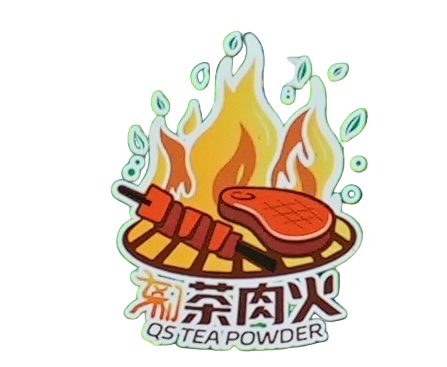1. Tieguanyin: Once Fragrant and Popular, Now a Cooling Market
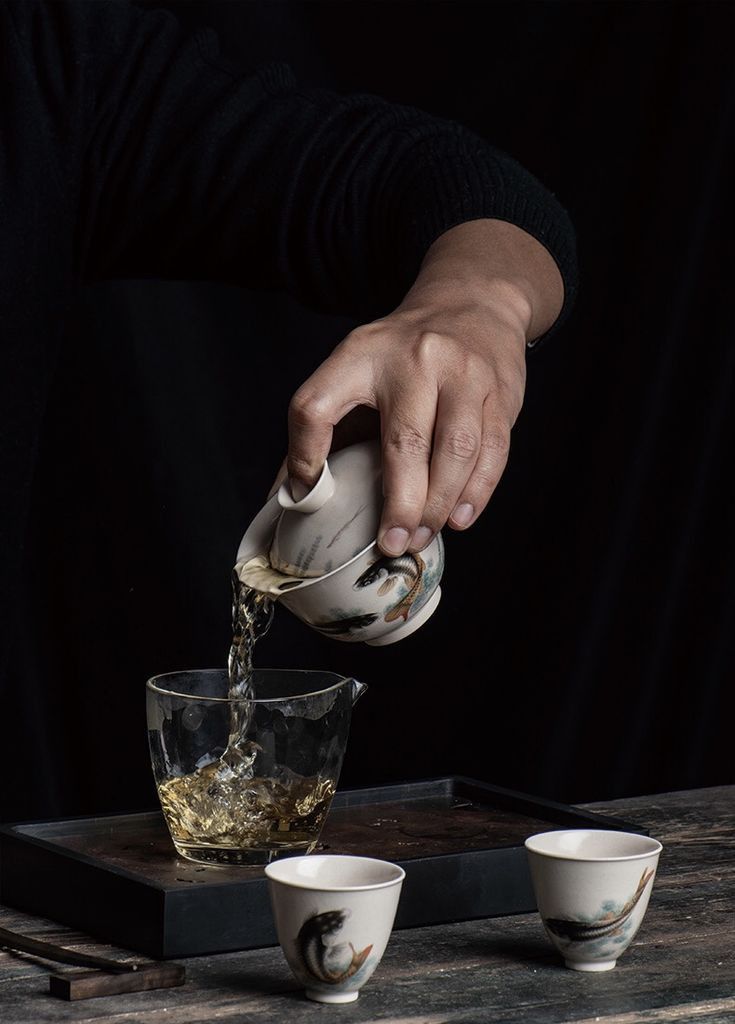
Tieguanyin was once synonymous with oolong tea. Twenty years ago, its unique “Guanyin charm” made it a national sensation and the top choice for gift and business tea. However, the hype quickly faded—due in part to inconsistent quality and the use of added flavoring, which weakened consumer trust.
In the past, “strong fragrance” was the mainstream appeal of Tieguanyin. To enhance aroma, some tea merchants over-roasted or even added artificial scents, compromising the essence of the product. This short-sighted approach caused consumer fatigue with the overly intense aroma and flavor.
Today, Tieguanyin is returning to its roots with a focus on “light fragrance” and “traditional craftsmanship.” A small group of tea lovers still pursue its purity and original taste. Its future depends on whether it can rediscover the core value of “lingering sweetness after drinking.”
2. Pu’er Tea: From “Hard Currency” to Rational Comeback
Known for “the older, the better,” Pu’er tea was once highly sought after for its collectible and investment value. A premium aged tea cake could fetch tens of thousands of yuan and was even regarded as a “drinkable antique.” But this popularity led to extremes: many new teas were sold at high prices under the names of “Lao Banzhang” or “Bingdao,” creating a bubble.
Inevitably, the bubble burst. Since 2014, the Pu’er market has gone through a dramatic shakeup. Today’s consumers focus more on storage conditions, aroma complexity, and clarity of the tea liquor, while blind faith in brand and vintage is fading.
This shift has brought Pu’er back to its essence—something to drink, not just speculate on. Boutique Pu’er still holds a place in the market, but is now far removed from the speculative frenzy.
3. Herbal Tea: From Household Staple to Marginal Exit
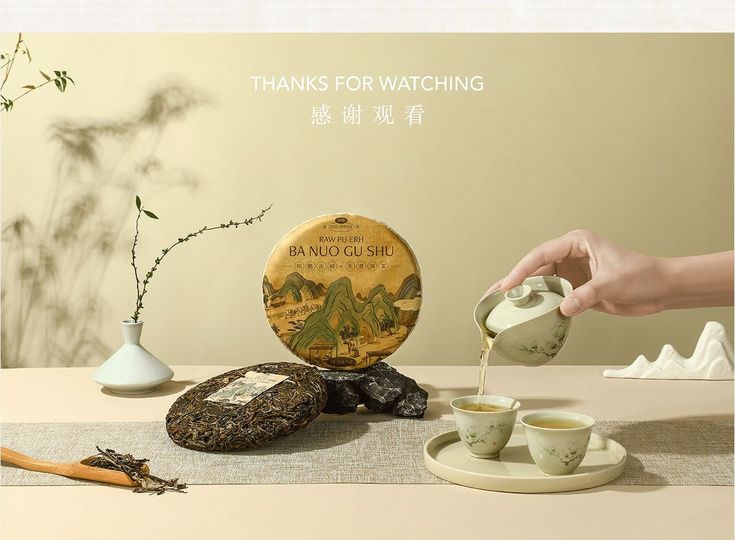
“Afraid of getting heaty? Drink XX” was once a ubiquitous slogan in China. As a functional beverage, herbal tea dominated the drink market. In the South especially, it was a fridge staple. But over time, its “bitter medicinal taste” and “dated image” lost appeal—especially among younger consumers.
More importantly, rising health awareness has led to skepticism around the sugar content, herbal ingredients, and supposed health benefits of herbal tea. Frequent lawsuits among leading brands further eroded public trust.
Interestingly, the inventor of the BBQ black tea seasoning was inspired during a meal pairing barbecue with herbal tea. He wondered: “Why wait until after BBQ or hotpot to drink herbal tea for cooling? Why not combine tea with food itself and reduce heatiness at the source?” This thought led him to fuse the caramel aroma of black tea with traditional seasoning, and after rounds of testing and adjustments, he developed a black tea-based seasoning that blends Eastern tea notes with modern BBQ flavor.
This seasoning isn’t just for charcoal grilling—it performs impressively in high-heat cooking like pan-seared steak, teppanyaki tofu, and fried chicken wings. When heated, it releases the honeyed and slightly caramelized scent of black tea, forming a unique flavor profile with meats and vegetables—aromatic without being overpowering, savory without being greasy.
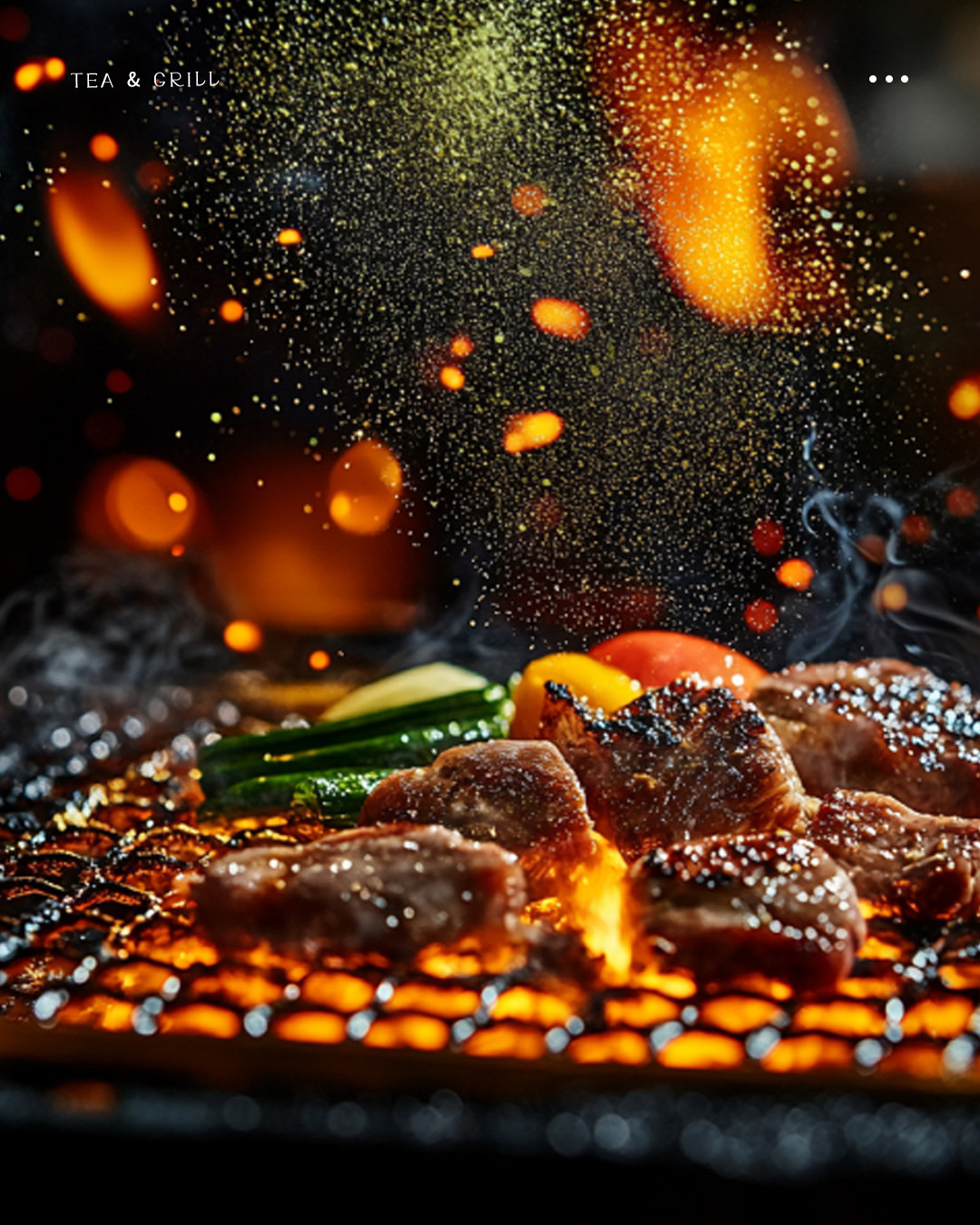
Usage Suggestions:
-
Grilling: Can be used as a marinade or dry rub; best sprinkled midway through grilling to lock in aroma and flavor.
-
Pan-searing: Perfect for dishes like chicken steaks or pork belly—stir in the black tea seasoning before plating to enhance aroma without causing internal heat.
-
Fried foods: Sprinkle over fried chicken or sausages after cooking. It can replace traditional cumin or salt-and-pepper with a fresher, tea-infused taste.
Such innovations are opening new application scenarios for traditional teas, expanding tea culture from “beverage” to “ingredient”—a unique, flavorful expression in the modern kitchen.
4. Tibetan Tea: A Historic Black Tea Still Stuck in a Niche
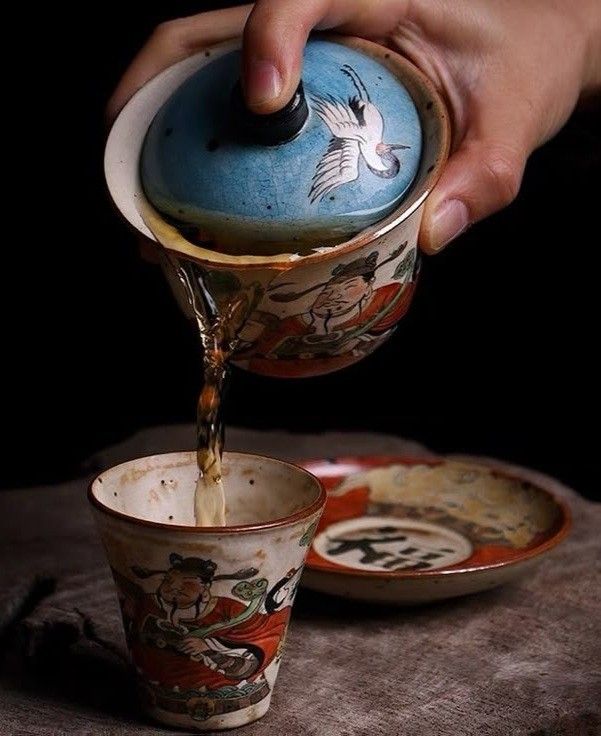
Tibetan tea is a significant branch of black tea with centuries of history, commonly used in Tibet as a vegetable substitute. Known for its rich, aged aroma and resilience to boiling and steeping, it remains a staple in certain dietary traditions.
However, its attempt to enter the mainstream market reveals challenges: the flavor is too strong, public awareness is low, and product lines lack innovation—making it hard to break out of its regional consumer base.
Some brands are trying to repackage Tibetan tea through storytelling, lifestyle branding, and younger visual identities—such as “Tibetan lifestyle” or “mountain-style tea drinks.” But these efforts have yet to create a viral breakthrough. For Tibetan tea to thrive, it needs more grounded marketing strategies and a more accessible taste profile.
5. Jasmine and Floral Teas: Traditional Beauty Facing Aesthetic Fatigue
Jasmine tea was once one of the most beloved scented teas. Its elegant floral aroma and soft taste made it the first tea many people ever tried. Similarly, floral and herbal teas enjoyed a period of popularity. Today, however, young consumers are showing decreasing interest in “drinking flowers.”
The reason lies in their one-dimensional flavors and lack of memorable qualities. Today’s market favors “complex palates,” “functional drinks,” and “crossover experiences.” Simply “floral scent + hot water” is not enough to stand out in a crowded beverage space.
Some tea companies are trying new approaches—fusing jasmine with coffee, soda, or baked goods, or creating “beauty teas” and “sleep-aid infusions” with functional benefits. This trend suggests that traditional floral teas need stronger product design in order to stay on younger consumers’ tea tables.
Final Thoughts: Reviving Traditional Teas Requires More Than Nostalgia
The fall from grace reflects not just changing market structures, but also evolving consumer mindsets. Today’s tea drinkers care less about culture and heritage alone—they want teas that taste good, make sense, and offer real value.
From loose-leaf to bottled, from seasoning to side dish, from gift to social drink, from health benefit to full experience—Chinese tea is moving beyond just “something to steep” toward something that’s fully integrated into modern life.
Whether it’s the traditional Tieguanyin making a craft comeback, Pu’er moving toward connoisseur-grade offerings, or tea-flavored seasonings going viral in new spaces—they all signal this: China’s new wave of tea culture is only just beginning.
